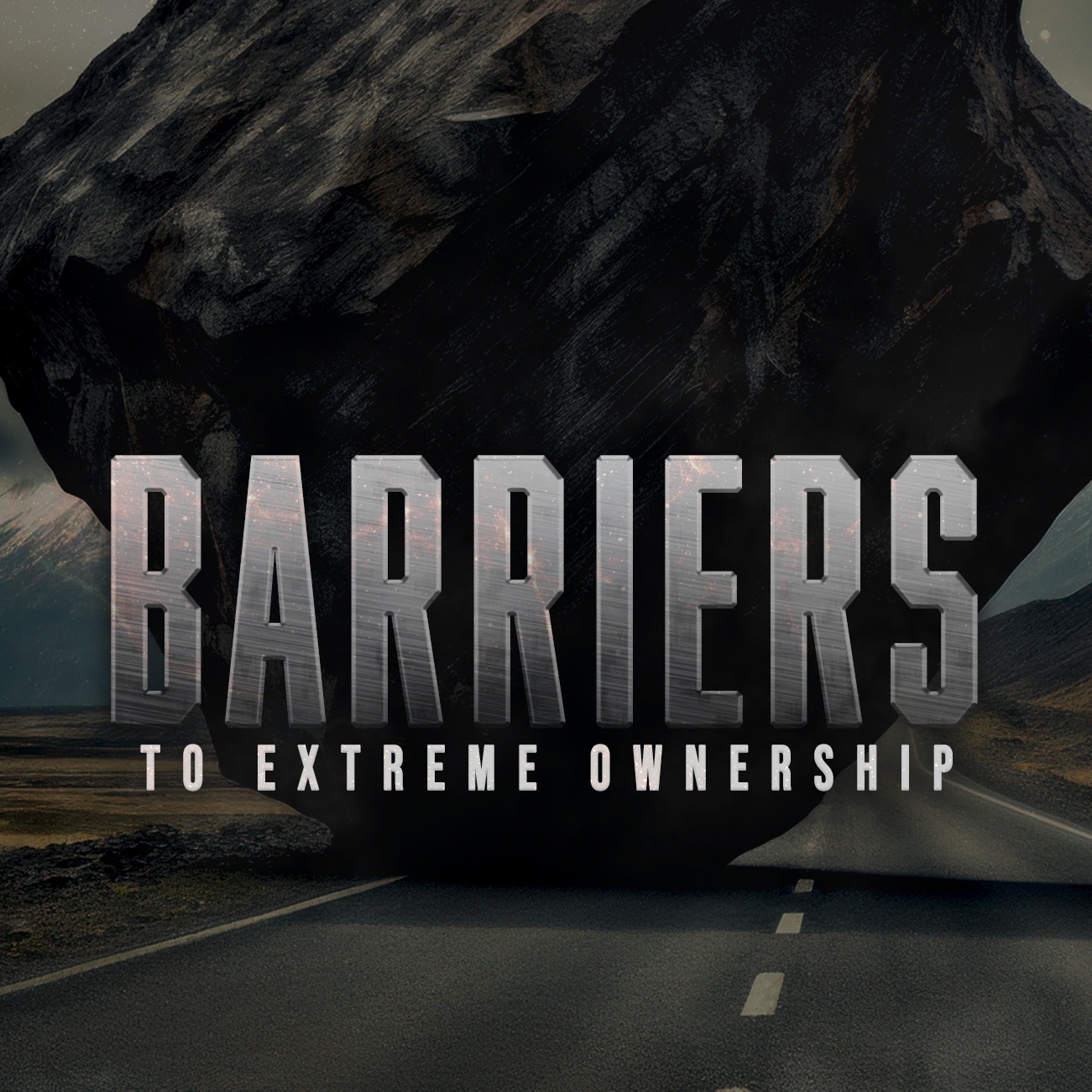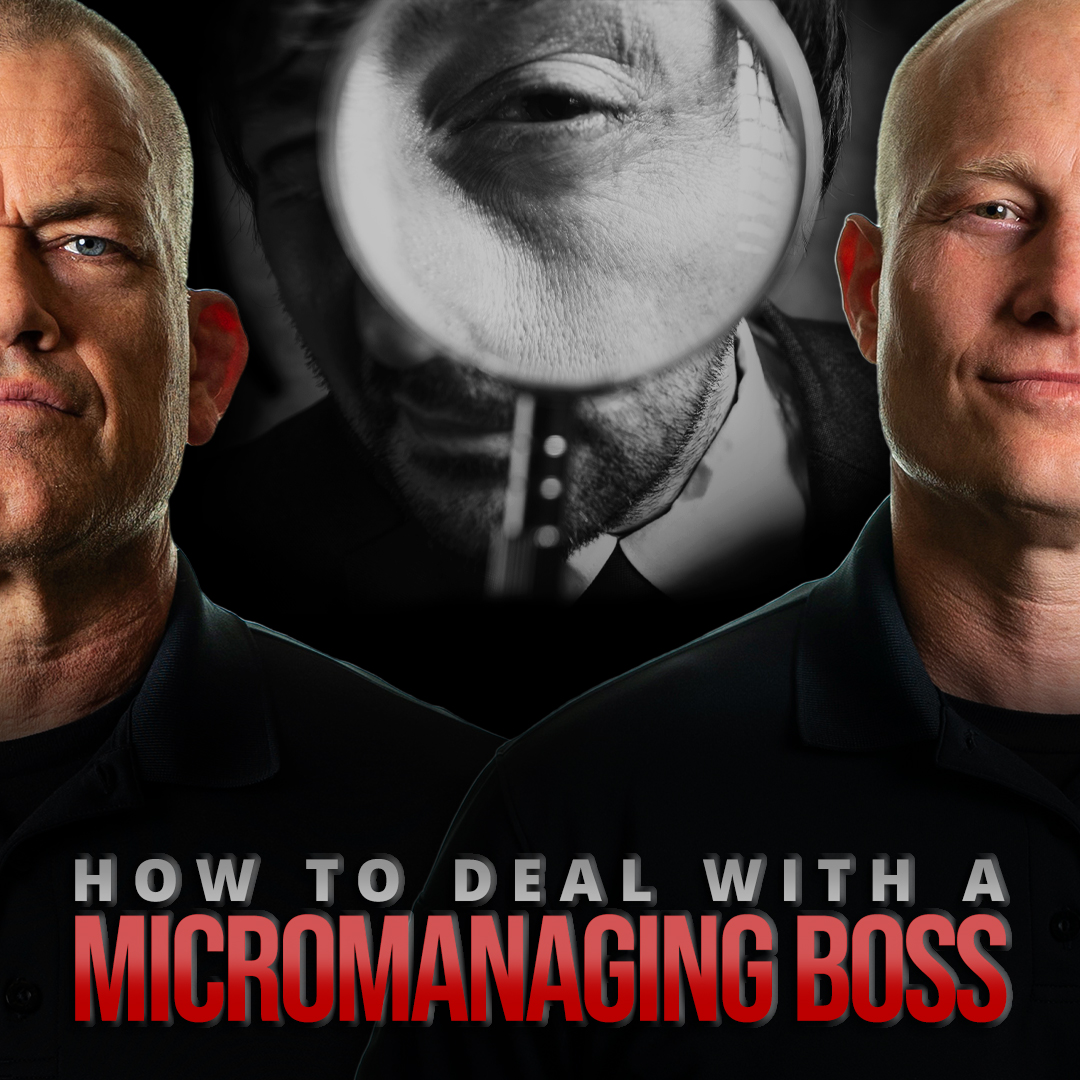In leadership, change is constant, there are unknowns in every direction, and uncertainty is everywhere.
But as human beings, we like to know what to expect and anticipate what’s going to happen. We want answers. We want clarity. And when we don’t get the desired information—when plans change, details are missing, or outcomes are unclear—we can start to feel frustrated, anxious, or even paralyzed. It means we don’t have total control.
That lack of information, which serves as the basis of knowledge for making decisions, can be one of the most frustrating aspects of being a leader. But the reality is: uncertainty is a regular part of leadership. It shows up in your business, it shows up with your family, it has a role in your community. And there is no way to avoid it, and you will face situations where the answer or path isn’t obvious. The question then is not if you will encounter uncertainty, it’s how can I respond to uncertainty?.
At Echelon Front, we teach leaders how to thrive in the unknown through the principles of Extreme Ownership. We’ve seen how the best leaders don’t just tolerate uncertainty; they look for how to embrace uncertainty and what is certain to lead with confidence and clarity.
How to Embrace Uncertainty
The first step in dealing with uncertainty is to stop fighting it. The more you resist the unknown, the more stress you create. And ultimately, you are no closer to impacting the situation.
Unfortunately, most people expend too much time and energy wishing things were clearer. They get stuck waiting for more information, focusing on the things they can not control, or send themselves into a tailspin thinking about a thousand possible outcomes. And no one benefits from this.
But uncertainty is not the enemy. It’s an opportunity.
When you know how to embrace uncertainty and open your mind to adapting, you stop fixating on what you don’t know and start focusing on what you can do. By shifting your focus from what you can’t control to what you can, your mindset creates an opportunity for you to be proactive in your next step. It gives you back control. Rather than allowing the circumstances to dictate the outcome, you see how you can influence and impact different aspects of the situation. Good leaders recognize they will not have all the information or details they desire. Yet, they still make the most of situations by knowing how to accept uncertainty and adapt to the changing environment as they need to.
In the most high-stress, high-stakes environments, successful leaders recognize that they do not need to have all the answers. They understand that when the chaos ensues, the best course of action is to create some distance from the situation so they can better evaluate it and objectively make a call. When stress builds, they take a step towards delivering on he objective. And that call does not have to be big. It can be taking a small action, welcoming feedback from that first step, to adapt and improve the next one. These iterative decisions made quickly lead to progress.
But this process … the discipline to stay detached actually creates freedom to operate because decision-making is objective, focused on what is controllable, and allows for flexibility with each step forward.
Good leaders know how to embrace uncertainty and are ready to adapt. They lead through ambiguity with certainty in the small, quick decisions they make.
How to Respond to Uncertainty
When unpredictability hits, the only way leaders can know how to accept uncertainty is when they detach.
At Echelon Front, we call detachment a superpower because it is so effective, yet also so difficult to do. The ability to take a breath, take a step back, and gain perspective gives any human being an advantage. They can then assess what is happening without getting caught up in their emotions, which only results in bad decisions. By staying detached and knowing how to accept uncertainty, you maintain an objective view, so you can remain focused on what matters most. Even when the outcome is unknown, your perspective enables you to see what will have the most significant impact, even when the outcome is unknown.
The more emotionally invested you are in needing a specific answer or outcome, the more hampered you are in your ability to lead. Detaching is not meant to make you robotic or disregard your emotions, but instead to give you a moment to think clearly to make the best decision for the team, organization, or your family.
The next step in responding to uncertainty is to take ownership. What do you have control over in the situation? No matter what is going on, you always have control over two things – your response and your attitude. You can control how you react in any environment, and this can look like:
- Clarifying what is known.
- Identifying what can be controlled.
- Making the best possible decision based on the current information.
- Communicating clearly with your team or family.
- Being prepared to adjust rapidly if the situation evolves.
Uncertainty requires decisiveness. While that may sound scary, it does not need to be. Iterative decision-making is a proven approach that combats the fear that comes with the unknown. Leaders who make small decisions, take in the feedback, and adjust quickly are able to navigate the unknowns more effectively. Whether the outcomes are good or bad, they take ownership at each turn. By making small decisions in quick succession, they are controlling what they can. They are humble to recognize they may not get it right every step of the way, but they are navigating the unknown as effectively as possible.
Often, we ask leaders, “What do you do, or have you seen someone else do, when they are uncertain?” One of the most common responses we get is, ‘They do nothing.’
This is the opposite of Extreme Ownership. We want to take action, even amongst the obscure, to be proactive in our efforts towards achieving the goals and objectives for our organization or family. When you do this, you set the example as the leader and indicate to your people that you are ready to face uncertainty head-on.
How Can I Respond to Uncertainty?
When it comes to uncertainty, the natural response is to resist. But leaders know this will not work, and doing nothing will not work either. Instead, the best way to respond and lead is by taking ownership of what you can control.
Here are a few tactical ways you can respond to uncertainty right now:
- Ask yourself earnest questions. Instead of “What if this all goes wrong?” ask “What’s the next step I can take?” “What do I need to communicate right now?” “What information do I have?” “What do I know about the situation?”
- Lead with humility. Acknowledge when things are unclear, but don’t let that paralyze you or your team. Be okay with saying, “I don’t know.” Admit, “Here’s what we know, here’s what we don’t, and here’s what we’re going to do next.”
- Train for adaptability. Being adaptable is a skill, just like any other, that you can improve. Practice decision-making in different environments, including those with a range of uncertainty. This will help you become more comfortable and confident in making decisions in challenging situations.
- Take ownership. Remember that you have no control over external factors, but you can always control your response and your attitude. Good leaders know how to accept uncertainty and own it, day in and day out.
Final Thoughts
Expecting perfect conditions as a leader is setting yourself up for failure. Leadership requires a heavy dose of adaptability, humility, and ownership, regardless of how much information you have, how simple your plans are, or how clear your expectations are.
Whether you’re managing a business through volatility, guiding your family through change, or making personal decisions in uncertain times, the principles remain the same: Detach. Take ownership. Make the next best move. Adjust. Lead.
Uncertainty will remain, but with the right mindset and tools, you can learn how to accept uncertainty, face it head-on and come out stronger on the other side.



